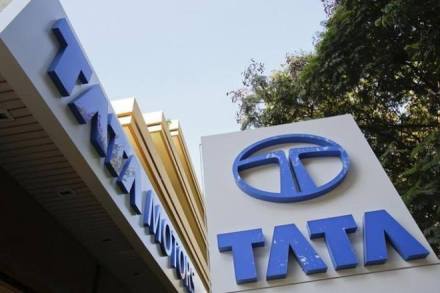India’s largest medium & heavy commercial vehicle (M&HCV) manufacturer, Tata Motors, has acknowledged that all is not well on the sales front. It has conceded 2.3% of the M&HCV market to other players to see its share drop to 51.7% as of end of December. However, the management is confident that it will make up for the slippage before the end of the fiscal to close the year with a share of 54%, same as at the end of the previous financial year. Girish Wagh, head of the commercial vehicle business unit, said, “The drop in market share is extremely worrying for us. When the demand has been there, we have not been able to satisfy it very clearly. Actually, we were clearly on the track to growing market share. And we will continue to grow our market share. We will like to end the year at last year’s level.” At the start of the decade, the company had a market share of more than 60% in the M&HCV space. However, over the years, the market share declined with the rise of close rival Ashok Leyland and the entry of new players. However, the company remains confident of gnawing back some market share.
Wagh said the biggest reason for a decline in market share was supply constraints. “The constraints are not due to the BS-IV parts but some other items. Industry volumes have gone up significantly, but suppliers were not geared up for this sudden rise in volumes.” “Apart from problems with supply, a very poor first quarter has also been a reason for losing market share. But since July, we have been growing our share,” Wagh said.
To quickly gain market share, the company is planning to launch 20 new commercial vehicles, which would include M&HCV models and lighter vehicles. The company plans to unveil a new platform for its heavy commercial vehicle range at the Auto Expo. The company will also unveil a new electric bus at the expo, however, a commercial launch for this model may be some time away.
Wagh says the company is on its way to reduce costs by more than Rs 1,000 crore for its CV business. “First, we looked at the direct material costs and then we have also called customers and dealers to our plants to understand what parts are more important to them and what parts can be done away with.” Capital expenditure, which is at Rs 1,500 crore this year, may go up in coming years owing to the start of work on the BS-VI technology.
